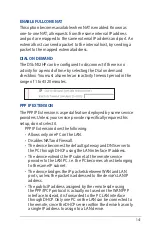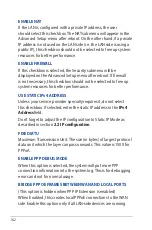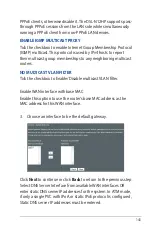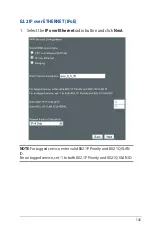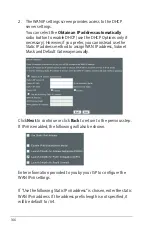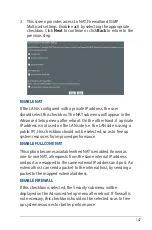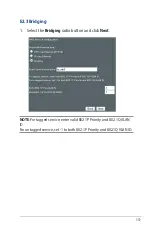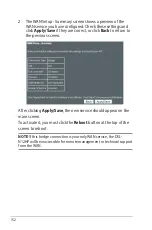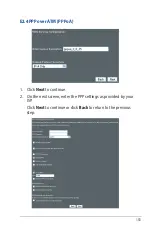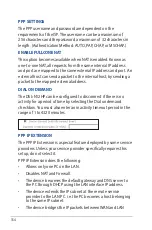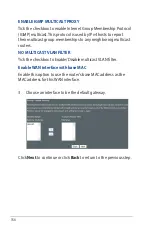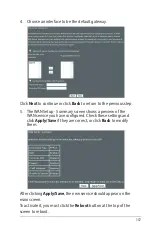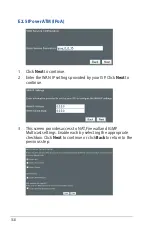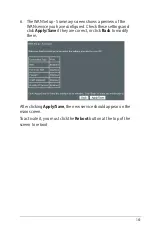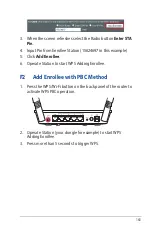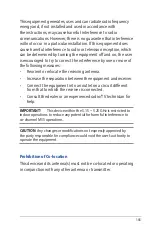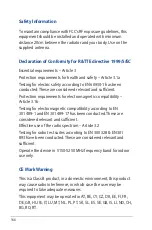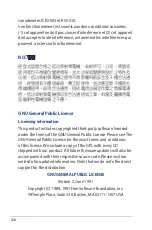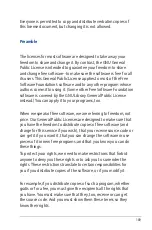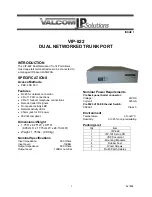
155
ports, unless the packet is addressed to the device’s LAN IP
address.
• The public IP address assigned by the remote side using
the PPP/IPCP protocol is actually not used on the WAN PPP
interface. Instead, it is forwarded to the PC LAN interface
through DHCP. Only one PC on the LAN can be connected to
the remote, since the DHCP server within the device has only
a single IP address to assign to a LAN device.
ENABLE NAT
If the LAN is configured with a private IP address, the user
should select this checkbox. The NAT submenu will appear in the
Advanced Setup menu after reboot. On the other hand, if a private
IP address is not used on the LAN side (i.e. the LAN side is using a
public IP), this checkbox should not be selected to free up system
resources for better performance.
ENABLE FIREWALL
If this checkbox is selected, the Security submenu will be
displayed on the Advanced Setup menu after reboot. If firewall
is not necessary, this checkbox should not be selected to free up
system resources for better performance.
USE STATIC IPv4 ADDRESS
Unless your service provider specially requires it, do not select this
checkbox. If selected, enter the static IP address in the IP Address
field. Also, don’t forget to adjust the IP configuration to Static IP
Mode as described in section
2.2 IP Configuration
.
Fixed MTU
Fixed Maximum Transmission Unit. The size (in bytes) of largest
protocol data unit which the layer can pass onwards. This value is
1500 for PPPoA.
ENABLE PPP DEBUG MODE
When this option is selected, the system will put more PPP
connection information into the system log. This is for debugging
errors and not for normal usage.

